Over the past few weeks, volcanoes on our planet have become noticeably more active. Etna has started to erupt again, a new island has formed off the coast of Japan, and the whole of Iceland is anxiously watching the behavior of the recently awakened Fagradalsfjall volcano.
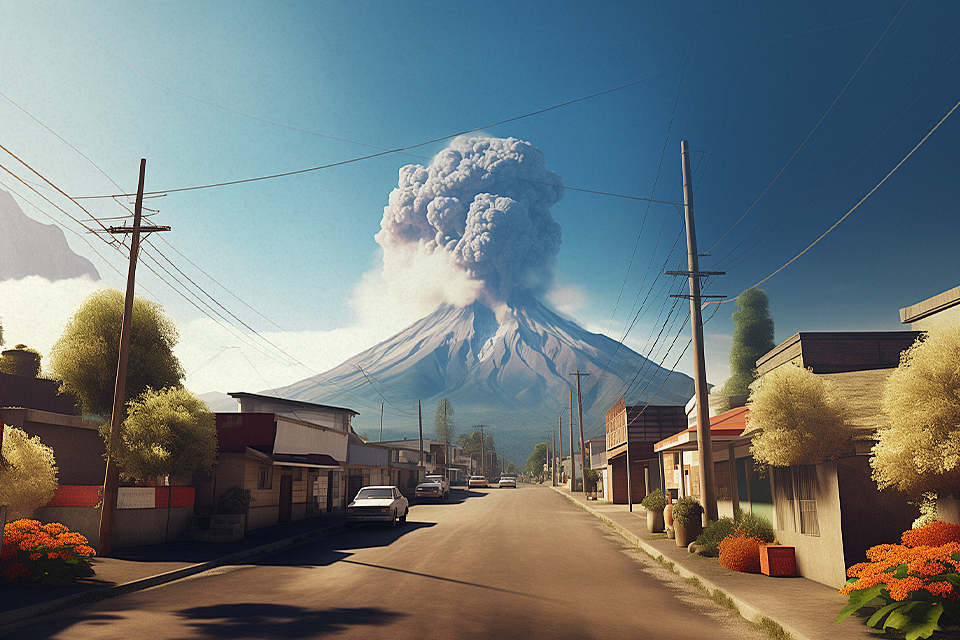
In this regard, The Universe Space Tech has prepared a selection of ten of the deadliest and most destructive eruptions that have occurred over the past two hundred years. It clearly demonstrates how dangerous such events can be, and why the volcanic threat should always be taken with extreme seriousness.
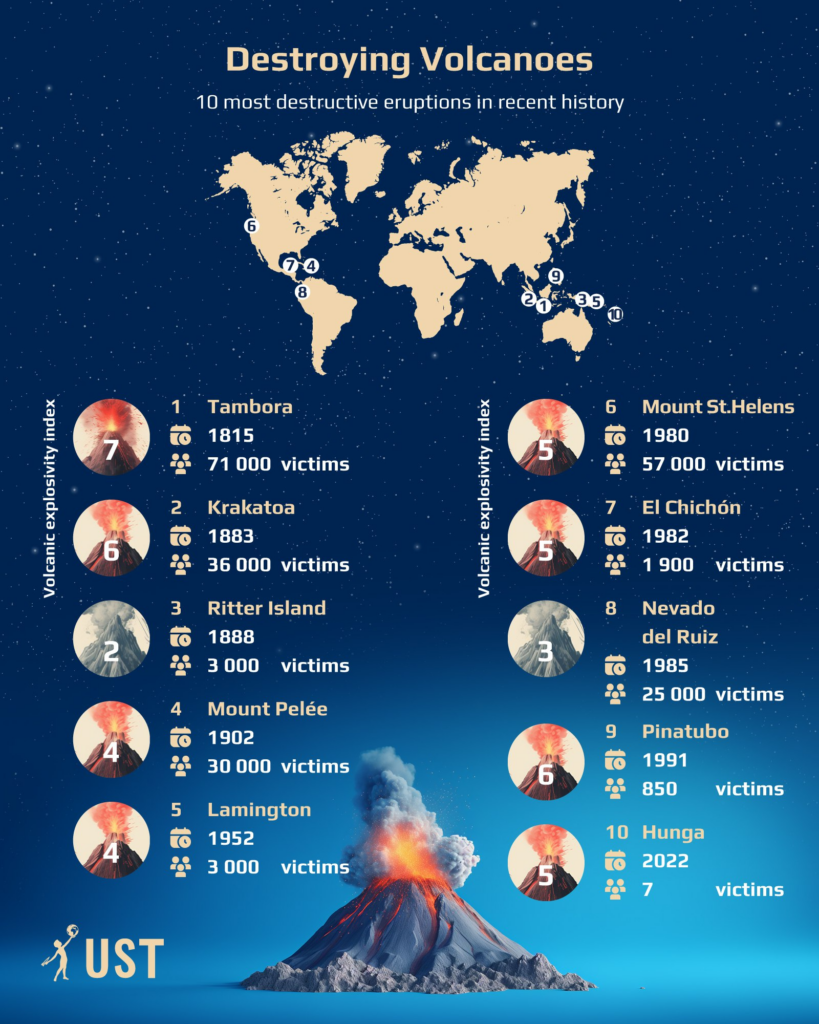
Tambora eruption (1815)
The eruption of the Tambora volcano, located on the Indonesian island of Sumbawa, is rightfully considered one of the deadliest natural disasters in human history. Its consequences affected the entire globe.
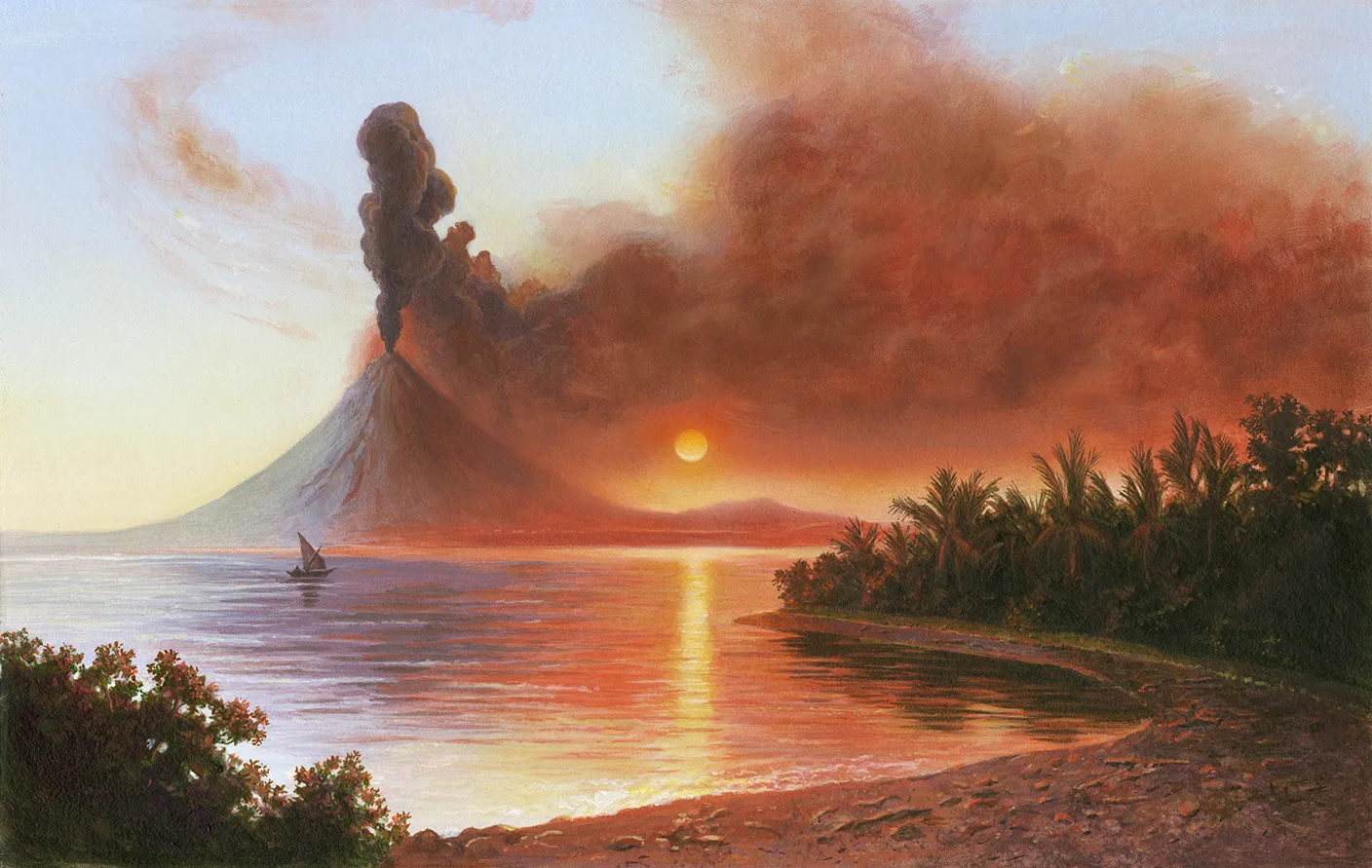
Tambora volcano erupted on April 5, 1815. The last comparable eruption on Earth occurred in the middle of the 13th century. It is believed that the volume of matter ejected by Tambora was about 150-180 km³. The total number of people killed in this disaster is estimated at 71 thousand. At the same time, the number of victims of the eruption itself did not exceed 12 thousand people. The rest died later from starvation and disease, as the Tambora explosion effectively destroyed agriculture throughout the region.
Moreover, such huge masses of ash and sulfur oxide were thrown into the stratosphere that they created the so-called “year without summer.” In 1816, Europe and North America experienced unprecedentedly low temperatures. They led to a global crop failure and a huge increase in grain prices, causing famine and mass migration of populations still suffering from the effects of the Napoleonic Wars.
The eruption of Krakatoa (1883)
The Krakatoa volcanic eruption is considered one of the most famous in the history of mankind. It began in May 1883 and ended with a series of powerful explosions on August 26 and 27 of the same year, which destroyed most of the island of the same name. Their force is estimated at 100-200 megatons of TNT, which is more than 10 thousand times the force of the explosion that destroyed Hiroshima.
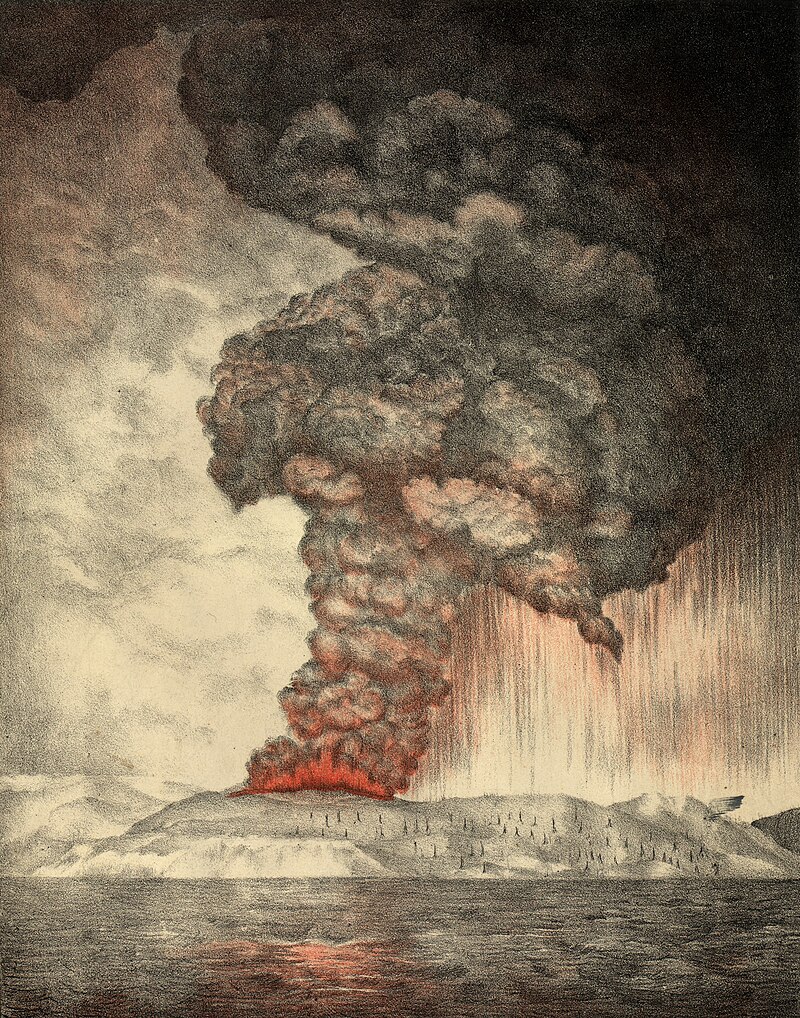
Almost forty thousand people became victims of the disaster. Some died during the eruption itself, and others as a result of the tsunami it caused. In total, 165 towns and settlements were completely destroyed, and another 132 suffered serious damage.
Ritter Island eruption (1888)
Only five years after Krakatoa, the Pacific region was hit again. This time, the source of the disaster was a volcano on Ritter Island, which is located northeast of New Guinea.
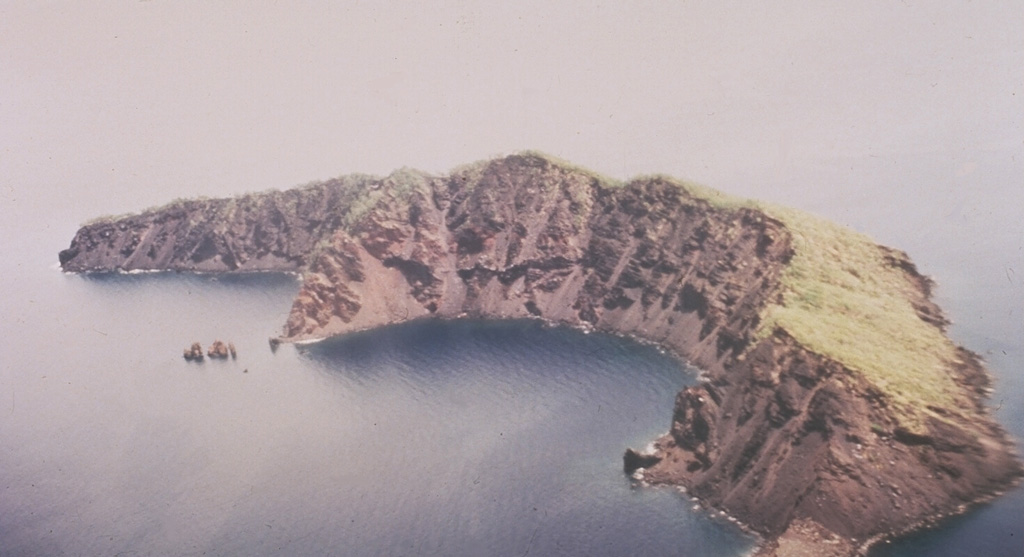
By a whim of fate, the eruption itself was quite weak. However, its force was enough to cause the volcano to literally collapse on March 13, 1888. About 5 cubic kilometers of rock fell into the ocean, causing a giant 15-meter tsunami. It devastated nearby islands and the coast of New Guinea, killing at least 3,000 people.
Mont Pelee eruption (1902)
In early 1902, the Mont Pelee volcano, located on the island of Martinique, began to show activity. But most locals did not pay much attention to it. After all, the volcano had not erupted for several centuries and was therefore considered safe. So almost none of the residents of the town of Saint-Pierre, which was located next to the volcano, wanted to evacuate.
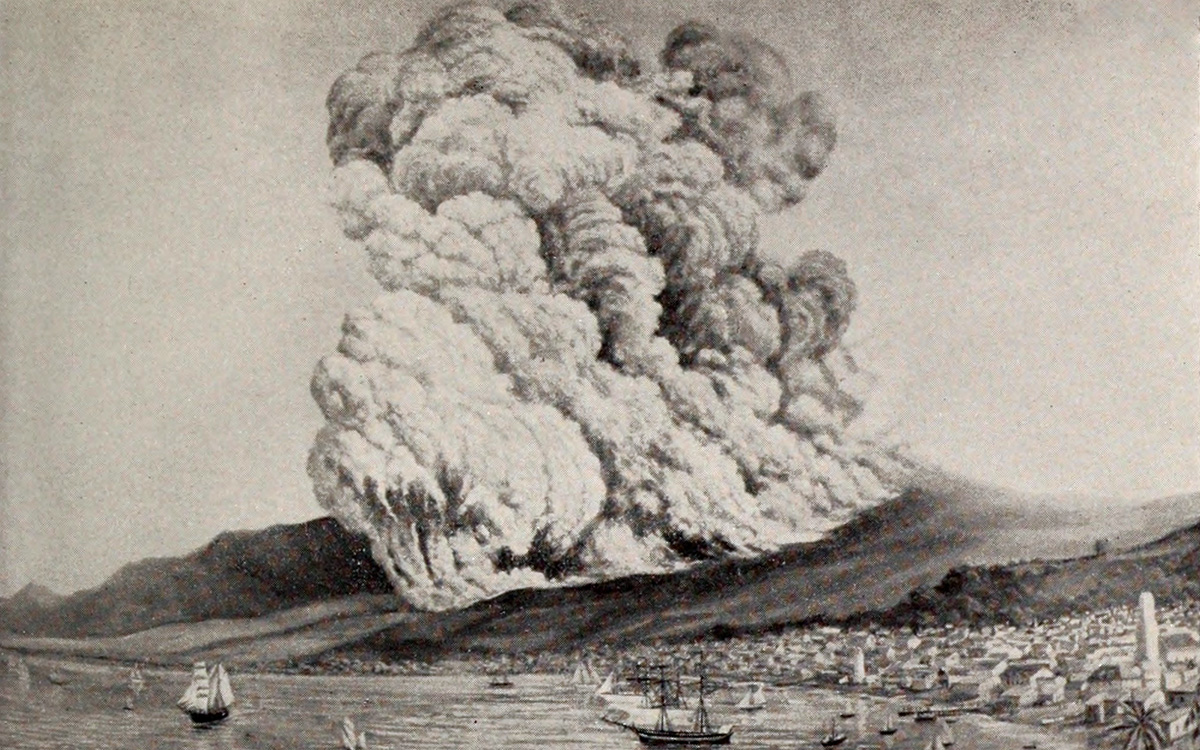
This was a fatal mistake. On May 8, 1902, the volcano caused a pyroclastic flow that destroyed the city in just a few minutes. Very few people managed to survive. In total, Mont Pelé took the lives of 30 thousand people. This eruption was the largest in terms of the number of victims in the 20th century.
Lamington eruption (1951)
Until the mid-20th century, no one knew that the mountain called Lamington, located in the eastern part of the island of New Guinea, was a volcano. Scientists did not have any historical records that would indicate that it had erupted in the past.
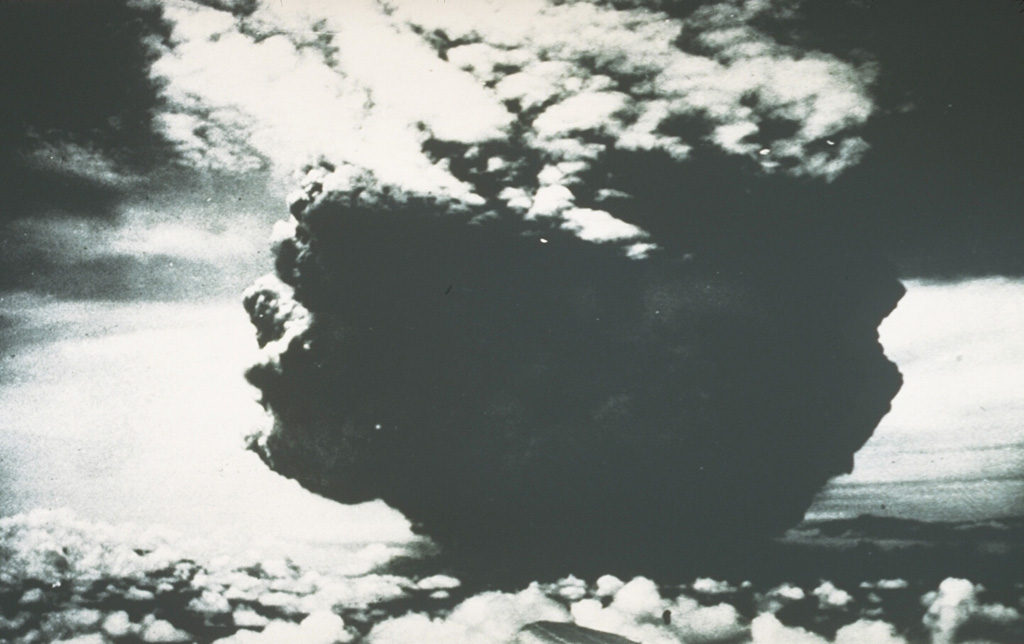
Everything changed in January 1951. First, the mountain was struck by a series of small earthquakes and explosions, then it began to spew ash. The main events unfolded on January 21. As a result of the eruption, the lava dome was destroyed and a deadly pyroclastic flow was formed, which covered several nearby settlements, killing 2942 people.
St. Helens eruption (1980)
Mount St. Helens in Washington State began to gradually “wake up” in March 1980. The authorities had plenty of time to prepare for the upcoming eruption. And they took appropriate measures. Thus, the local population was evacuated from the area closest to the mountain.
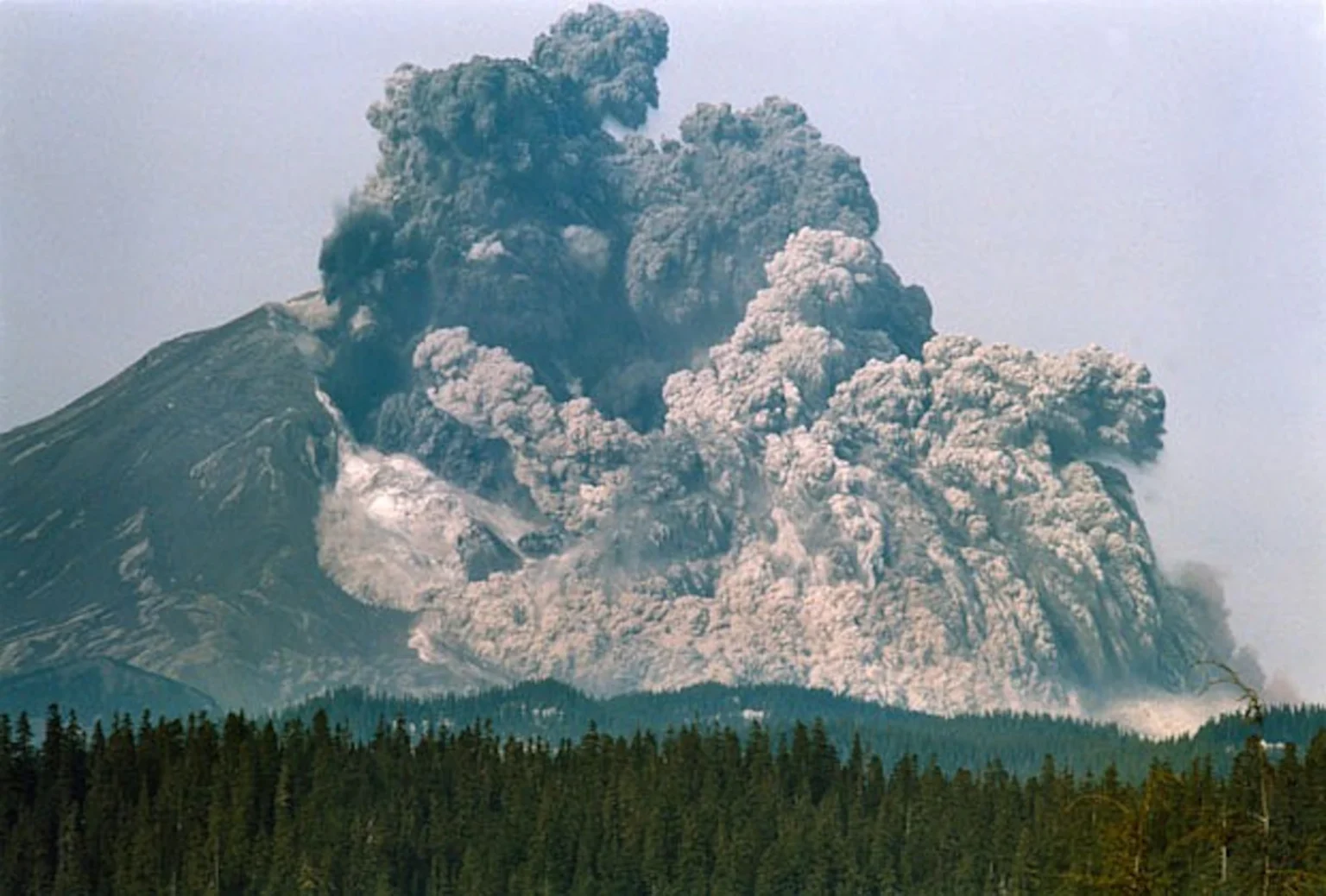
However, when St. Helens erupted on May 18, 1980, it still came as a complete surprise to volcanologists who failed to predict either the start time or, most importantly, the strength of the eruption. This mistake claimed the lives of 57 people. Some of them were scientists studying the volcano, others were photographers. Several local residents who refused to evacuate also died. The eruption caused extensive damage to nature and caused more than a billion dollars in losses.
El Chichon eruption (1982)
The 1982 eruption of the El Chichon volcano was one of the greatest disasters in the history of Mexico. It wiped out several surrounding villages and claimed many lives.
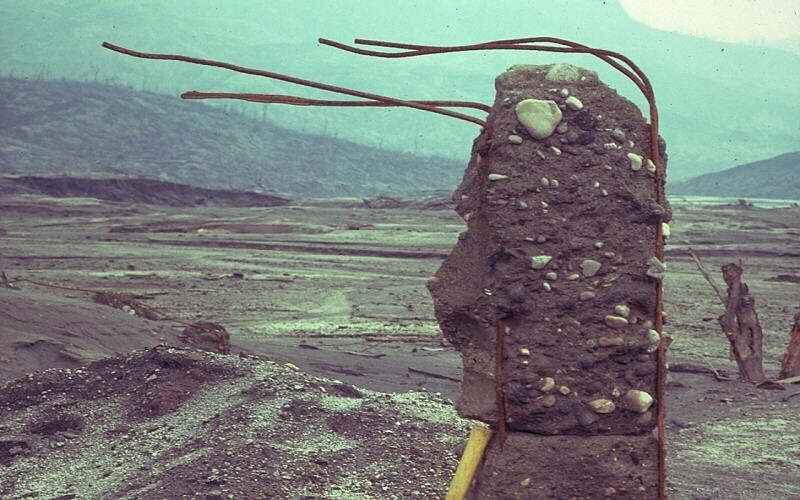
Such a large number of victims is explained by the fact that El Chichon had not erupted for more than 600 years and was therefore considered to be a non-hazardous volcano. Even after the volcano began to erupt, some of the locals who had initially left their homes returned later, with fatal consequences. On April 4, 1982, the volcano exploded, killing 1,900 people.
The eruption of Nevado del Ruiz (1985)
In 1985, the Nevado del Ruiz volcano once again reminded the world how many lives can be lost even by a small eruption if no timely response is made and no evacuation measures are taken.
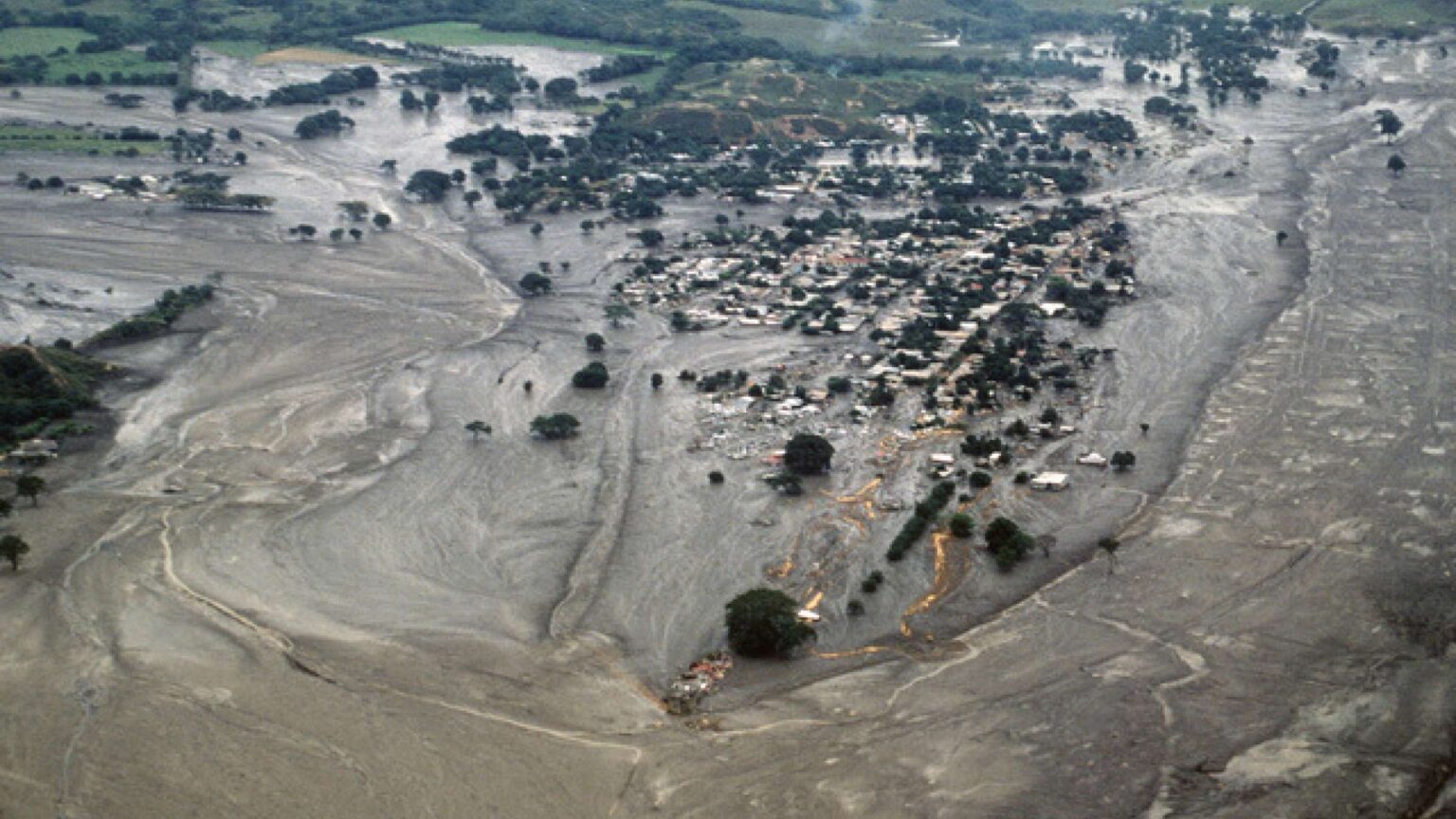
The first signs of impending disaster began to be recorded at the end of 1984. But the Colombian authorities did not react to the warnings of volcanologists. As a result, on November 13, 1985, the volcano created a pyroclastic flow. It melted a part of the glacier at the top of the mountain, which led to the formation of mud flows that rushed down the slopes. Then they merged and moved down the river valley, almost completely destroying the town of Armero, located 46 km from the volcano. The disaster claimed the lives of about 25,000 people.
Pinatubo eruption (1991)
In April 1991, the Pinatubo volcano, located on the island of Luzon, broke its 611-year “silence”. The volcano began to show more and more signs of activity, forcing the evacuation of the local population. However, when the volcano began to erupt on June 12, it did cause some casualties.
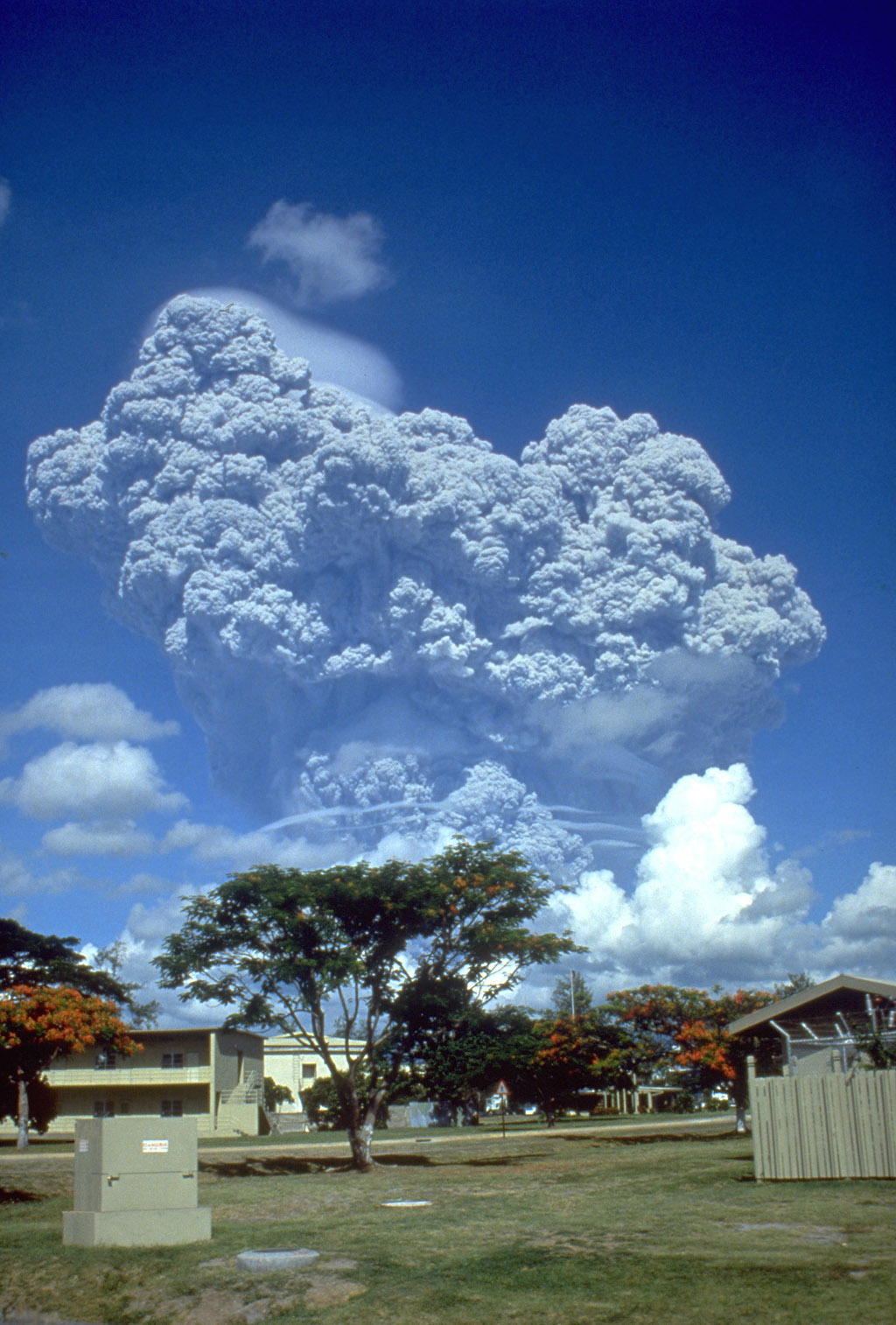
In total, the Pinatubo eruption claimed the lives of 847 people. It was one of the strongest in the 20th century. Volcanic ash fell as far away as Vietnam, Cambodia, and Malaysia, and the average temperature of the Earth dropped by 0.5 °C for some time. The eruption also caused extensive destruction and economic losses, and it took many years to overcome its consequences.
Hunga eruption (2022)
The Pacific volcano Hunga Tonga-Hunga Ha’apai began spewing ash at the end of 2021. Initially, this was not given much importance — after all, it had been active before. But this time it was different. On January 14, 2022, an eruption occurred, accompanied by a tsunami.
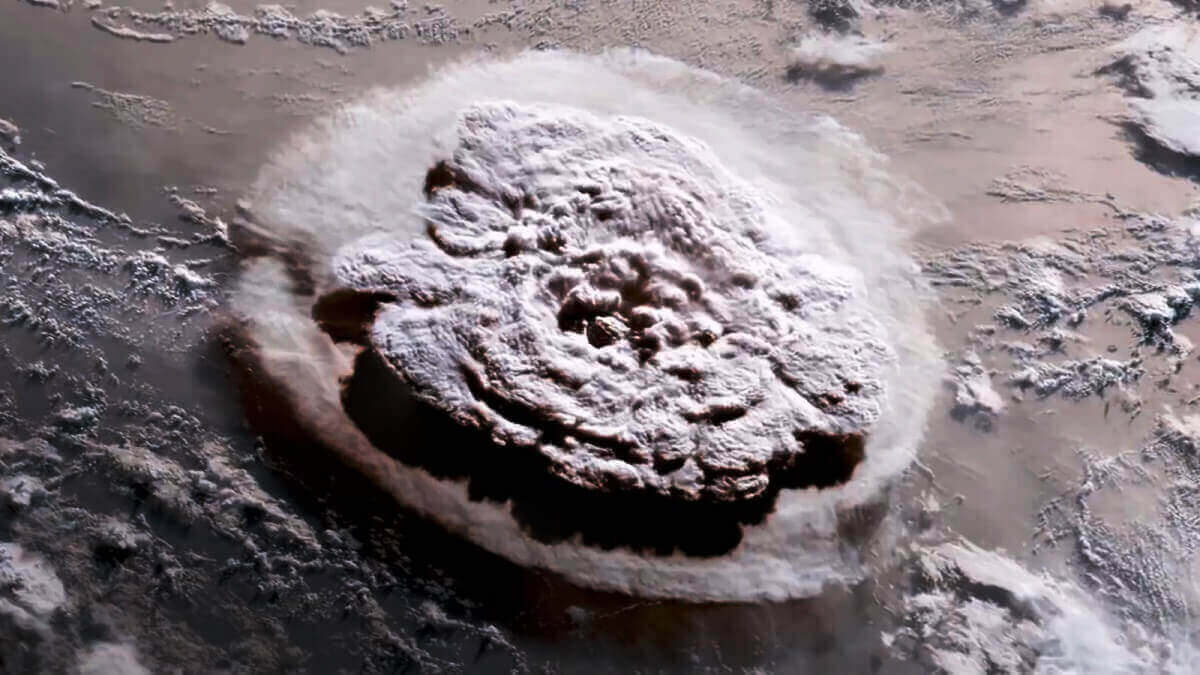
The island kingdom of Tonga, located next to the volcano, suffered the most from the eruption. For some time it was completely cut off from communication with the outside world. However, the tsunami also hit other countries in the Pacific region, and even reached the United States and Japan. According to official data, a total of 7 people died during the eruption, and several others went missing. According to volcanologists, the Hunga eruption was the most powerful since Krakatoa and the largest in terms of the amount of material released into the atmosphere since Pinatubo.
